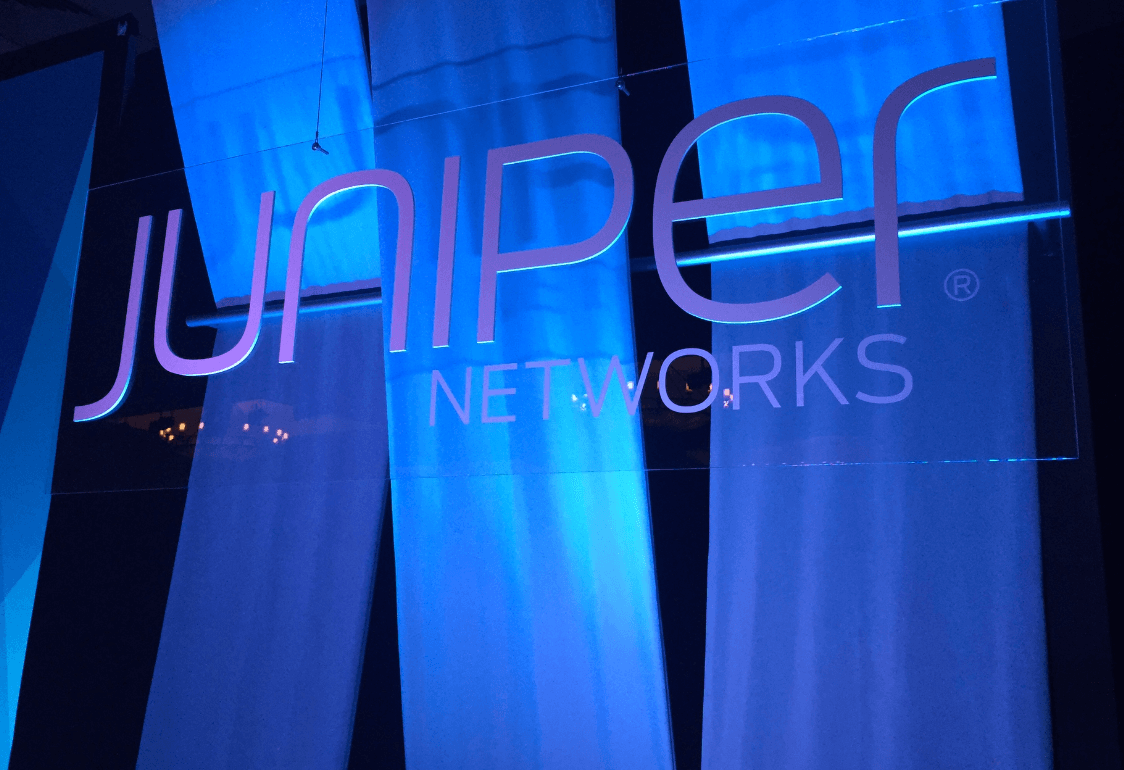Marking a major step toward 6G, NTT achieved the world’s first “orbital angular momentum (OAM) multiplexing high-capacity wireless transmission—at 1.44 Tbps—using an ultra-wide bandwidth of 32 GHz. This is the equivalent of approximately 35,000 ultra-high-definition 4K videos (at about 40 Mbps).
The demonstration used the sub-THz band within the range from 135 GHz to 170 GHz.
NTT said its approach used an analog circuit called a “Butler matrix” to increase the spatial multiplexing order by multiplexing multiple OAM waves. This approach reduces the enormous amount of digital signal processing required to eliminate interference between multiplexed data streams in high-capacity communications exceeding one terabit.
NTT succeeded in developing an antenna-integrated Butler matrix that operates with a wide bandwidth and low loss. The antenna-integrated Butler matrix is designed to simultaneously generate and separate eight different OAM waves over a very wide bandwidth, i.e., 135 to 170 GHz, which can be used to multiplex and transmit eight data signals. Moreover, by performing OAM multiplexing transmission with two different polarizations, it is possible to multiplex and transmit twice as many data signals simultaneously without them interfering.
This technology is expected to enable (i) broadband and high-speed wireless transmission comparable to optical transmission systems and (ii) seamless connection between wireless and optical transmission systems without the need for a complex digital signal-processing system for spatial multiplexing, since the analog circuit (i.e., the Butler matrix) handles the multiplexing of OAM waves. The next step in this development is to conduct demonstrations over longer distances (exceeding 100 m) while envisioning various applications of this technology in the real world, including wireless backhaul/fronthaul between base stations and relay transmission.
















